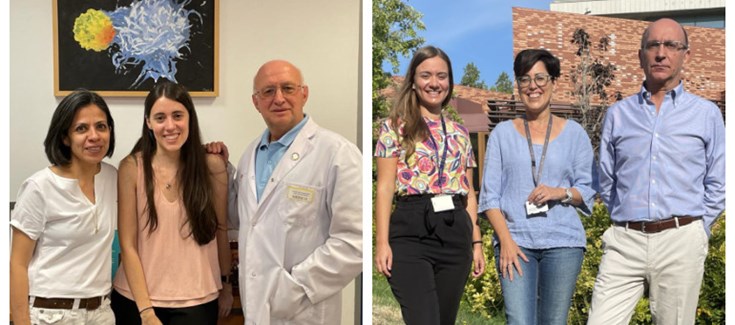Cellular and Molecular Sciences: Describing a new mechanism that links inflammation and pathological cardiovascular remodelling
Immune-inflammatory response contributes to the pathological remodelling of the arteries in different cardiovascular diseases. Research published by Cellular and Molecular Life Sciences has shed new light on one of the mechanisms that links immune-inflammatory response to vascular disease, by describing the key role that the early activation marker of lymphocytes, CD69. The study, a collaboration of CIBERCV en la Universidad Autónoma de Madrid (UAM)/Centro Nacional de Investigaciones Cardiovasculares (CNIC) and Instituto de Investigaciones Biomédicas de Barcelona (IIBB-CSIC) opens the way for new therapeutic strategies.
Antigen CD69, the early activation marker of lymphocytes is a receptor that is induced after the leukocyte stimulation. Previous research by these teams identified the role of CD69 as an oxidised low density lipoprotein (oxLDL) receptor, a union giving an anti-inflammatory response that protects against atherosclerosis. Based on that previous work, this new study focuses on finding its possible role in the mechanisms that control inflammatory-immune response and the link with tissue remodelling in cardiovascular diseases.
By means of large-scale RNA sequencing (RNAseq) it was observed that the union of CD69 with oxLDL induces expression of PD-1 (a protein found in T lymphocytes that contributes to the control of immune response) and that this mechanism participates in regulation of immune response.
"This mechanism of PD-1 induction mediated by CD69 contributes to modulating inflammation and the cardiovascular remodelling that is produced as a consequence” explain Francisco Sánchez Madrid and José Martínez González, heads of the CIBERCV group at the UAM and IIBB-CSIC respectively, and coordinators of this new research.











